Angola, officially the Republic of Angola, is the second-largest Portuguese-speaking country globally, located in southern Africa. Bordered by Namibia, Zambia, the Democratic Republic of Congo, and the Atlantic Ocean, its capital city, Luanda, draws the majority of residents. Travelers to southern Africa must be aware of challenges, including the cold currents of the Atlantic Ocean and the potential encounter with dangerous animals in Angola.
Angola’s allure lies in its diverse flora, fauna, and vibrant communities. The tropical climate fosters a thriving ecosystem, with distinct dry and sunny conditions prevailing. The northern part experiences a seven-month rainy season from April to September. Understanding the specific regions you plan to visit is crucial, influencing the types of animals and creatures encountered during exploration.
Table of Contents
Why visit Angola?
Angola is one of the least visited countries in Africa, offering a pristine environment for exploration. Much of the landscape remains unexploited, from dense forests to the shores of the Atlantic Ocean. The region boasts a pristine environment with white sandy beaches along the Atlantic Coast, providing a unique opportunity to witness endemic creatures as well as those found across Africa. As you embark on a trip to Angola, be prepared to encounter some of the most dangerous animals native to the country.
Mosquitoes

Found across the African continent, Angola harbors some of the most dangerous mosquitoes, particularly the female Anopheles mosquito known for transmitting malaria. Other species carry protozoan and pathogens causing infections such as Zika virus, dengue fever, and Nile fever. When traveling to the region, it is crucial to use mosquito repellent and wear proper clothing. Sleeping under a mosquito net is advisable due to the mosquitoes’ biting behavior. Proper attire is essential in various parts of the country to prevent insect attacks.
Black Mambas
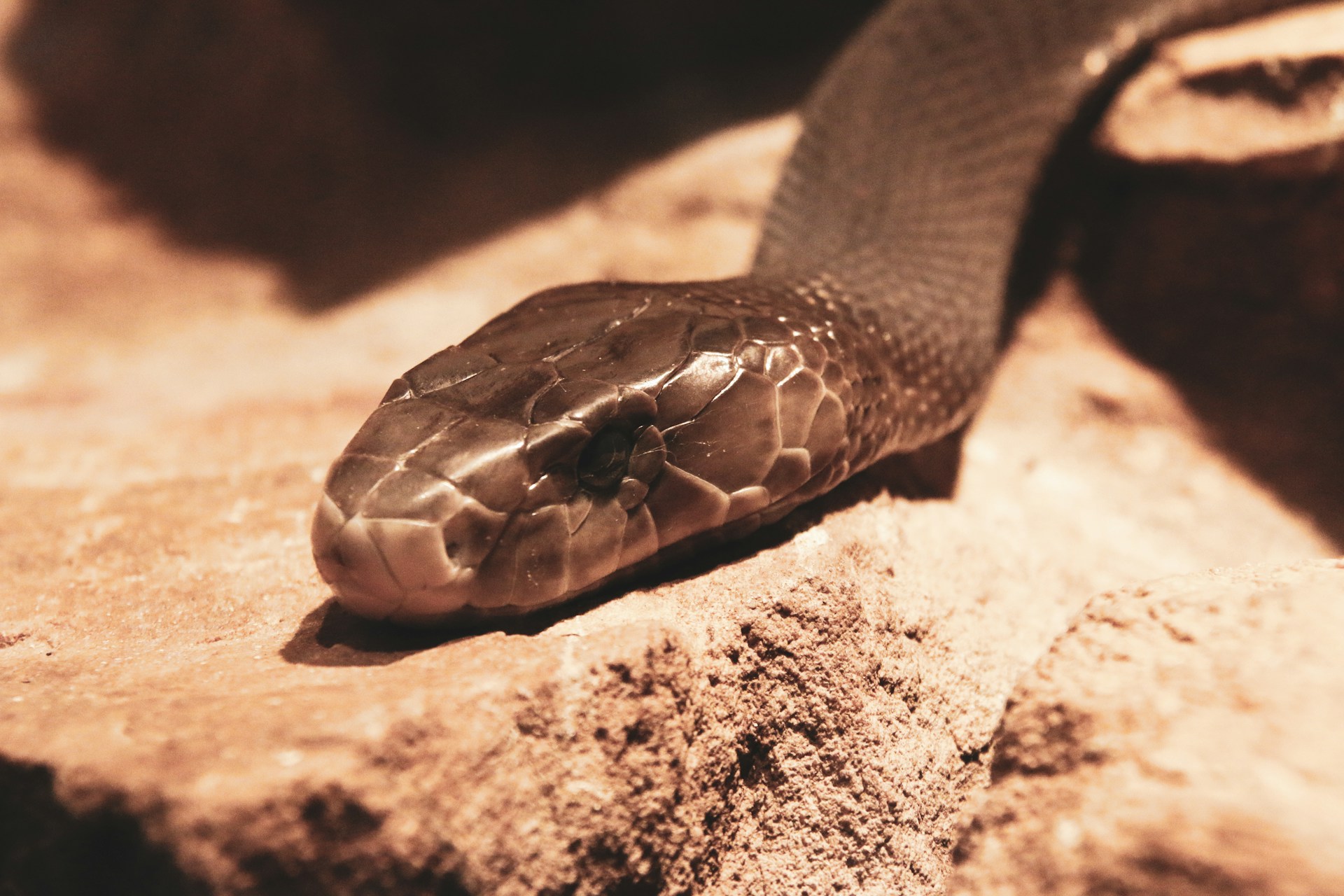
These iconic snakes inhabit the northern parts of Angola and can grow up to 2.5 meters. Equipped with fangs, black mambas can deliver dangerous venom, and they may attack unprovoked. Understanding the environment is vital to prevent encounters with these snakes. The venom is potent, affecting the respiratory and cardiac systems, potentially leading to fatal outcomes. If bitten, immediate medical attention is imperative to avoid fatalities.
Serval Cat

The golden cat, or caracal, resides in different parts of Angola, resembling a larger domestic cat, weighing up to 40 pounds. Inhabiting grasslands and forest areas, they prey on snakes and lizards, carrying bacteria and pathogens that cause dangerous diseases. Caution is advised in areas inhabited by these creatures. While not inherently aggressive, interference with their habitat may lead to attacks with sharp claws and teeth. Seek immediate medical attention if attacked by these cats.
Hippopotamus
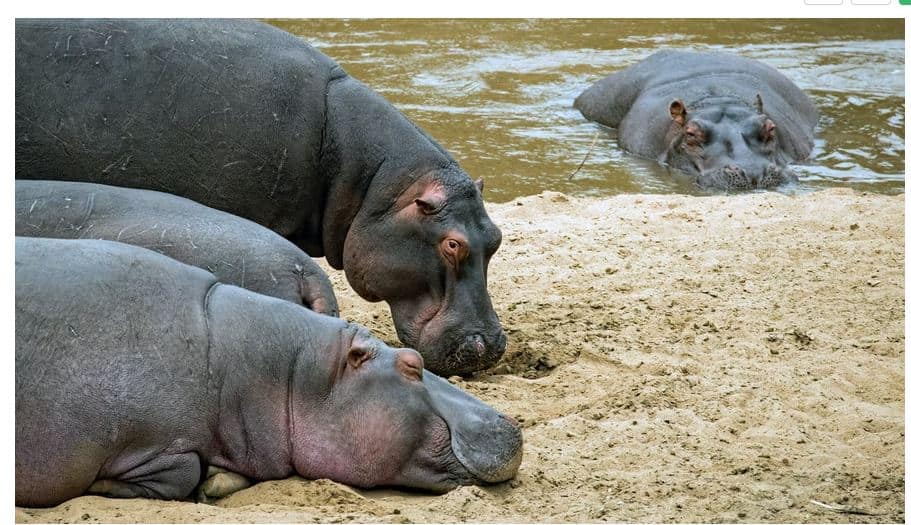
In the central part of Angola, characterized by numerous rivers and swamps, dangerous animals such as hippos thrive. These massive animals pose a threat to farmers by consuming crops and are responsible for approximately 3,500 human fatalities annually across Africa. With sharp teeth to ward off predators, hippos demand caution when exploring their habitats. Local hunting for meat has made them aggressive, often seen around rivers, lakes, and water bodies in the evening. Observing from a safe distance is advisable, and seeking immediate medical attention is essential if attacked.
African Elephant
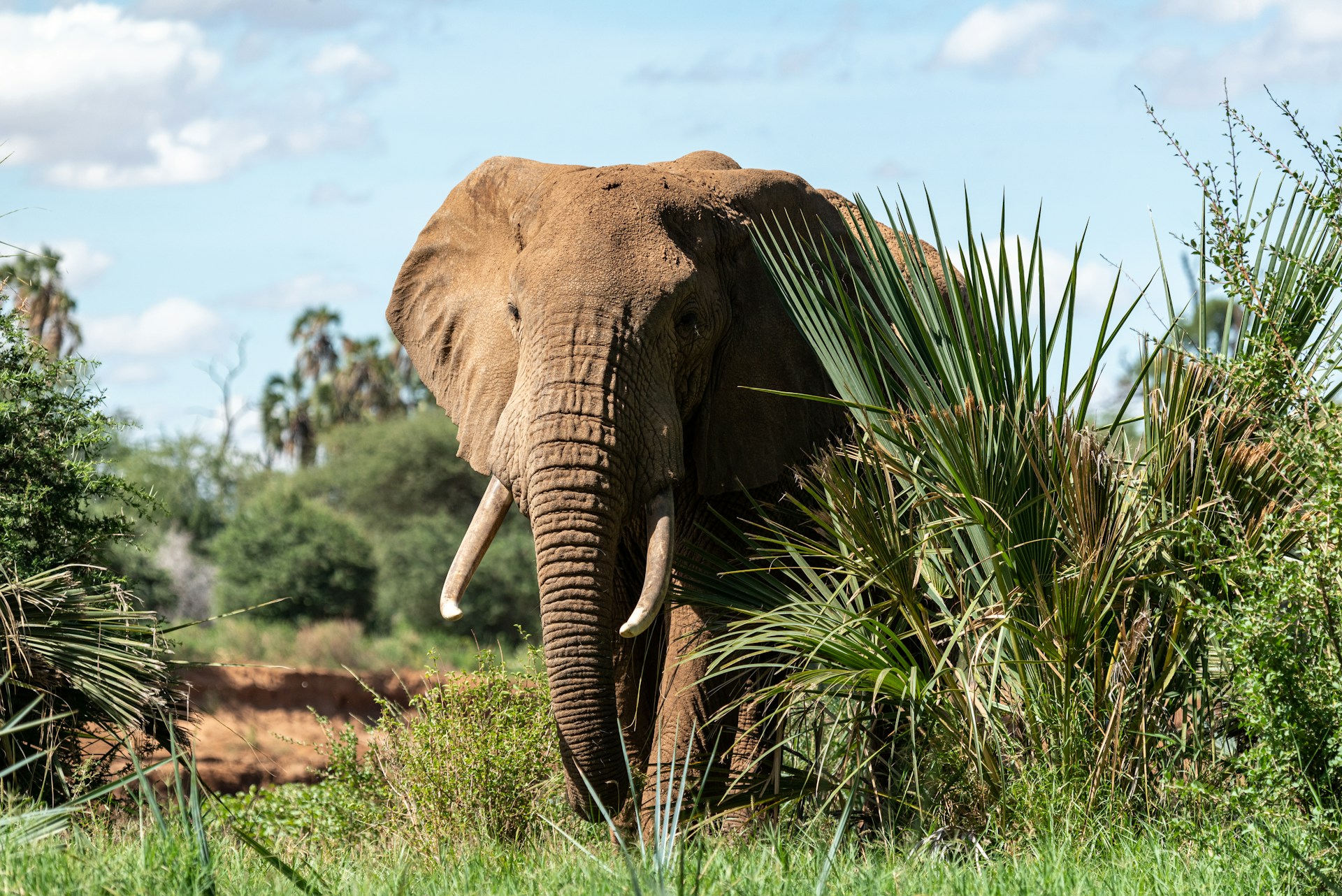
Encountering over 4,000 elephants in Angola can be awe-inspiring, yet caution is vital due to their potential danger. These colossal creatures, reaching up to 6.5 feet and weighing about 5,000 pounds, possess tusks for protection. With a social inclination to attack, stemming from poaching and human activities, maintaining a safe distance is crucial during your trip. Despite government efforts to protect elephants, their increasing numbers pose a threat to crops and necessitate careful observation to avoid provocation.
Crocodile
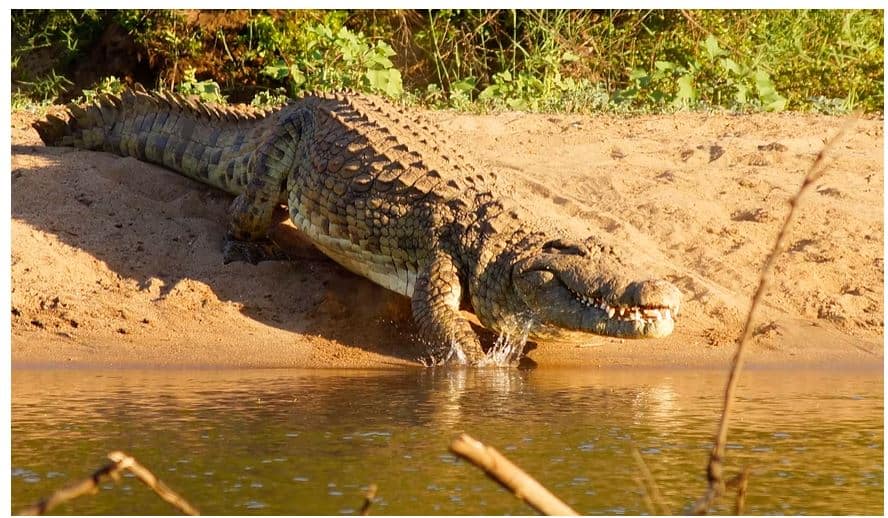
The lakes and rivers in Angola host another set of dangerous animals – crocodiles. With adept camouflaging skills, these creatures lurk in wetlands, waiting to ambush prey with sharp teeth and powerful muscles. Attacks on people fetching water or washing clothes near rivers are not uncommon. Staying away from riverbanks is essential, as crocodiles are known for their aggression, even without provocation. During the dry season, when they venture into natural forests, human-animal conflicts may arise.
Lion
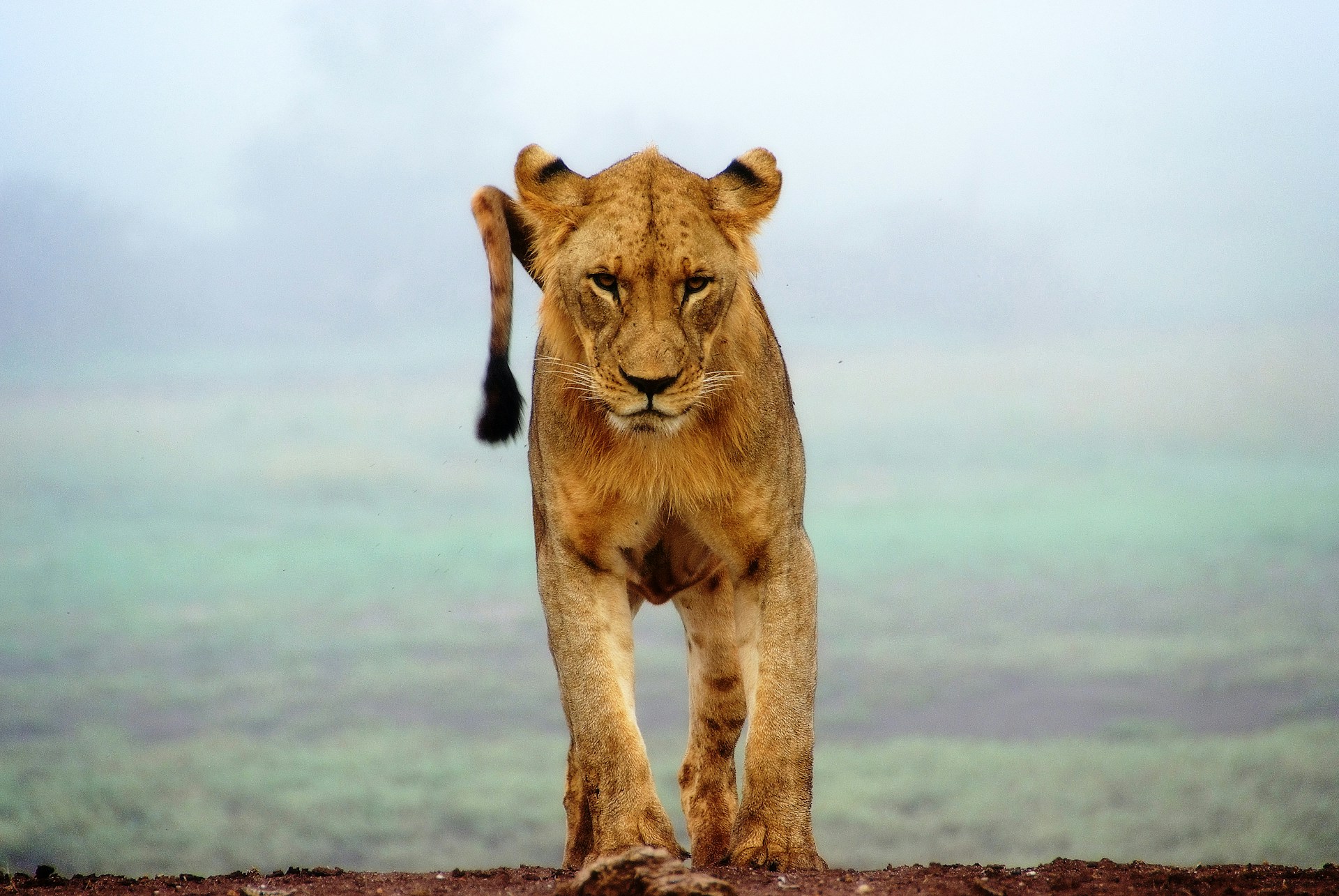
Despite dwindling numbers due to poaching and human encroachment, lions remain one of Angola’s most dangerous animals. As apex predators, they may attack without provocation, especially during mating periods or when protecting their young. Lions are equipped with sharp teeth and claws, showcasing impeccable hunting skills. It is crucial to stay away from their areas to avoid potential confrontations.
Buffalo
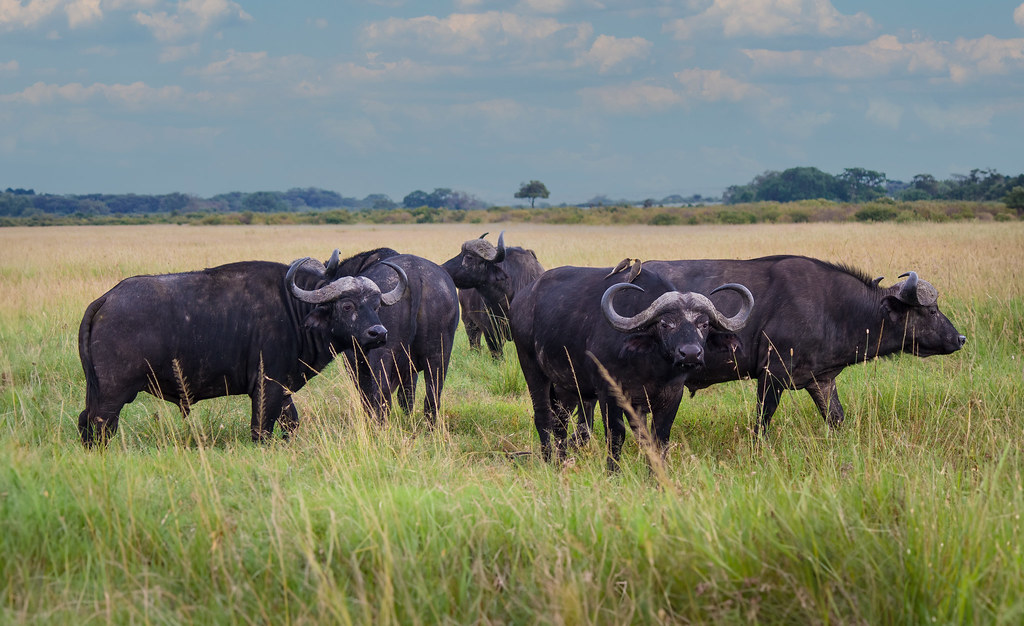
Found in the grasslands of Angola, buffaloes are formidable creatures with sharp horns used for defense. Moving in large herds, buffaloes can attack without provocation and possess an acute sense of smell. Their stalking behavior makes it imperative to maintain a safe distance to avoid potential attacks, as buffaloes can perceive threats even after hours of apparent calm.
Puff Adders
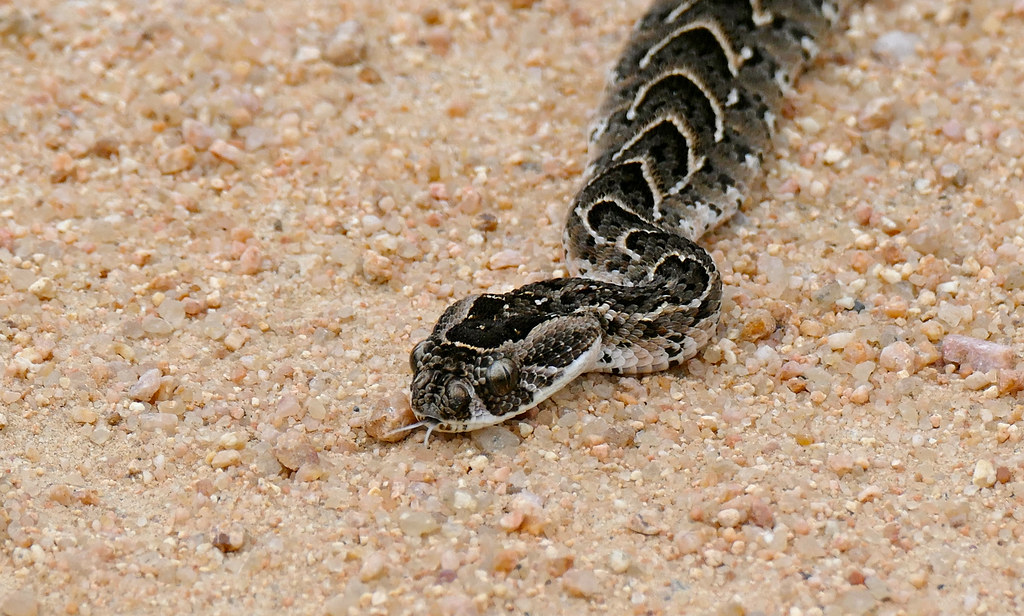
Among the most perilous snakes in Angola is the puff adder, growing up to a meter long and known for its aggression when feeling threatened or defending its habitat. With a wide girth to crush prey, this snake causes approximately 300 deaths in Africa annually. Understanding their habitat is crucial to avoiding heavily infested areas during your trip. Puff adders vary in color from brown to red depending on the region, showcasing impeccable camouflaging skills in the deep forests of Angola. If attacked, immediate medical attention is essential due to the snake’s deadly venom.
Great White Shark
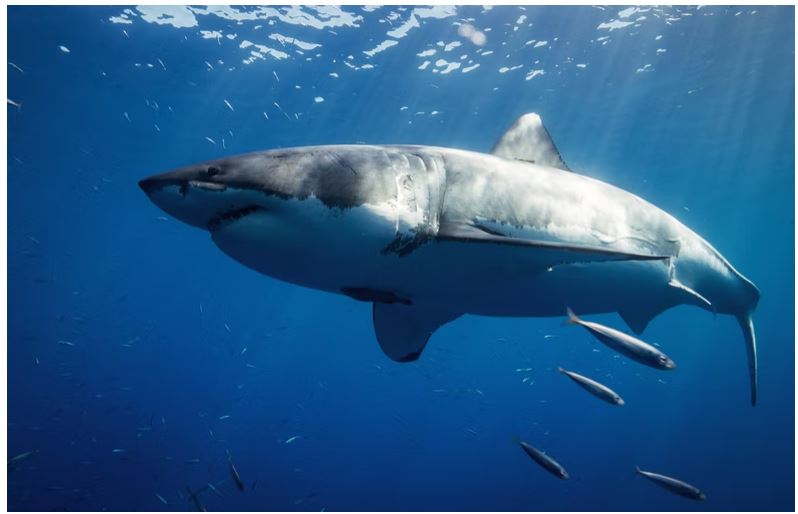
Encountering the waters of Angola brings the potential risk of encountering the great white shark, known as one of the most dangerous creatures in the Atlantic Ocean. While there are no known human attacks, it is crucial to prioritize safety, especially when the sharks come closer to the shore during high waves. With numerous sharp teeth, these sharks can be unpredictable, necessitating caution and, when swimming, the guidance of a tour guide familiar with safe areas.
Rhinos
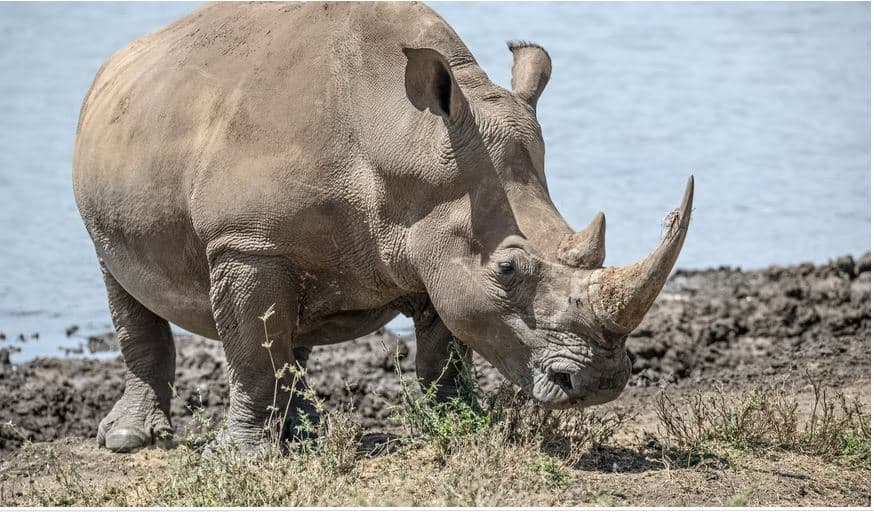
Native to Angola and Namibia, the southwestern black rhinos roam along rivers and lakes in the country. Growing up to three feet tall, with a horn used for defense, these rhinos weigh about 3500 pounds and lack a keen sense of smell. Keeping a safe distance is imperative, as they are known to attack unprovoked. Over the years, hunting for their horns has made them more dangerous and aggressive.
__________________
In conclusion, exploring Angola provides a unique opportunity to discover southern Africa and the Atlantic Ocean simultaneously. Prioritizing safety during your travels to this destination is paramount.
____________________
Check out the dangerous animals in the neighboring countries:


